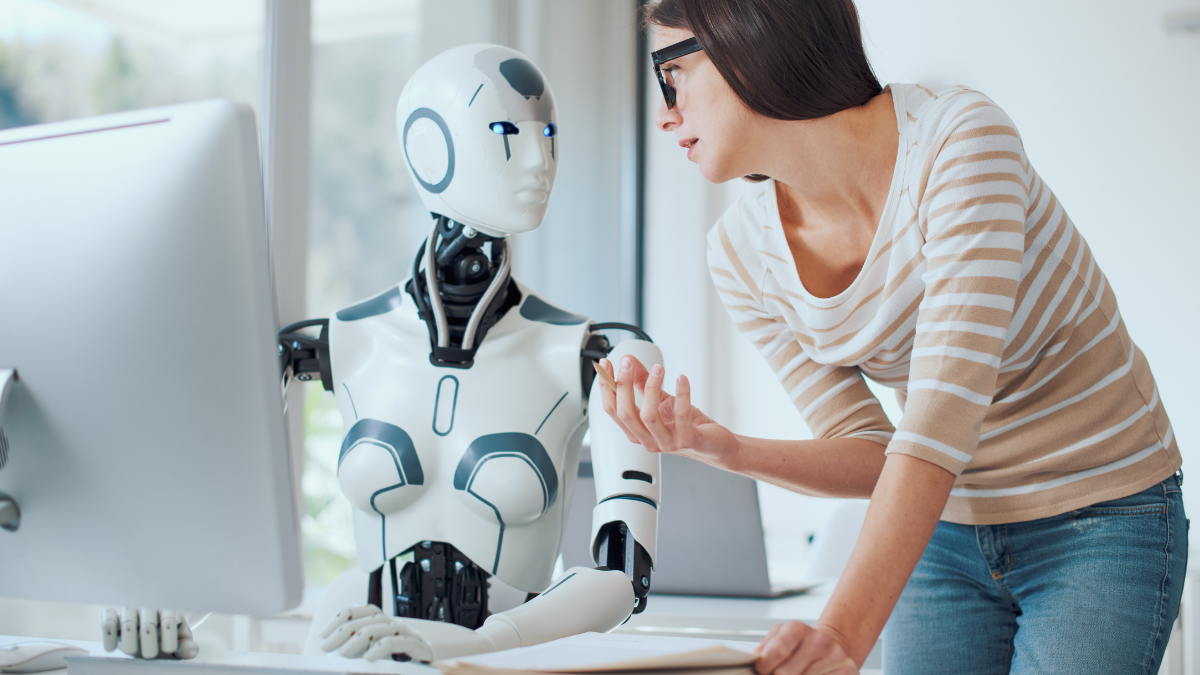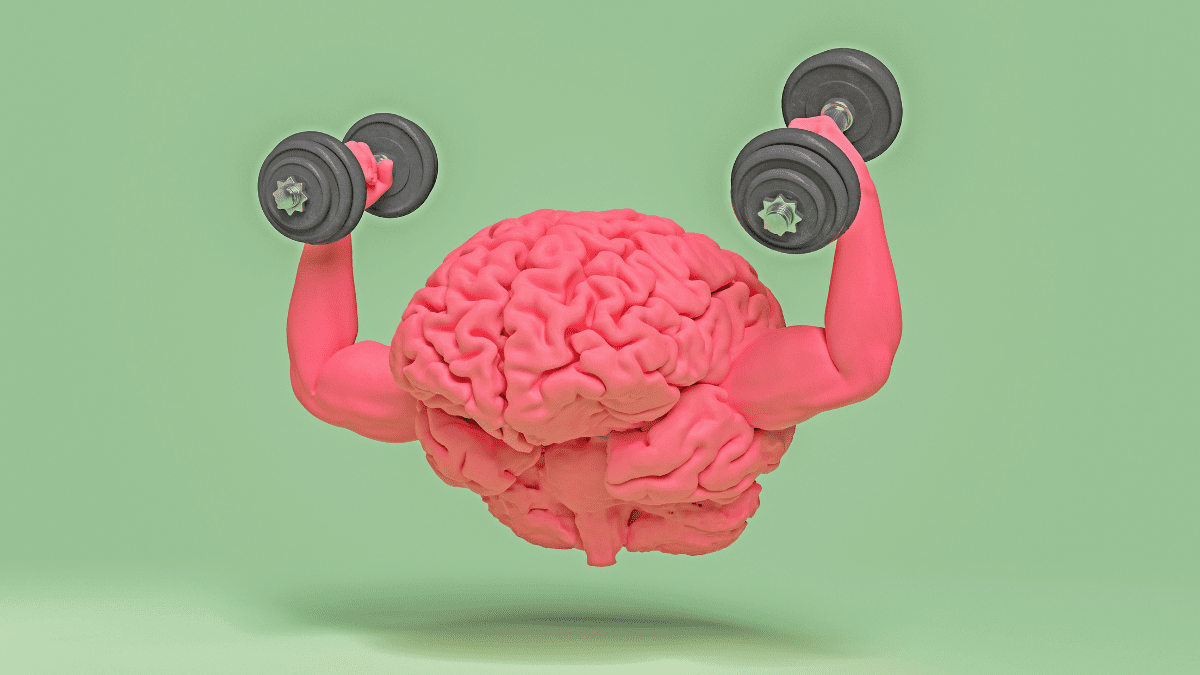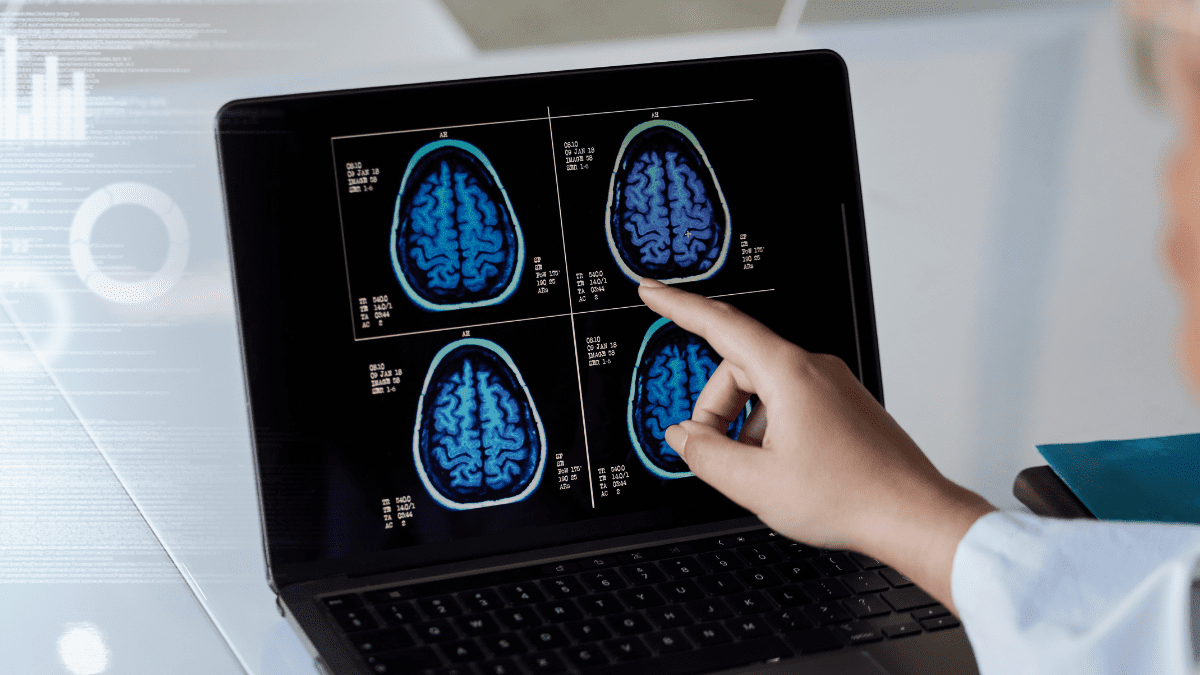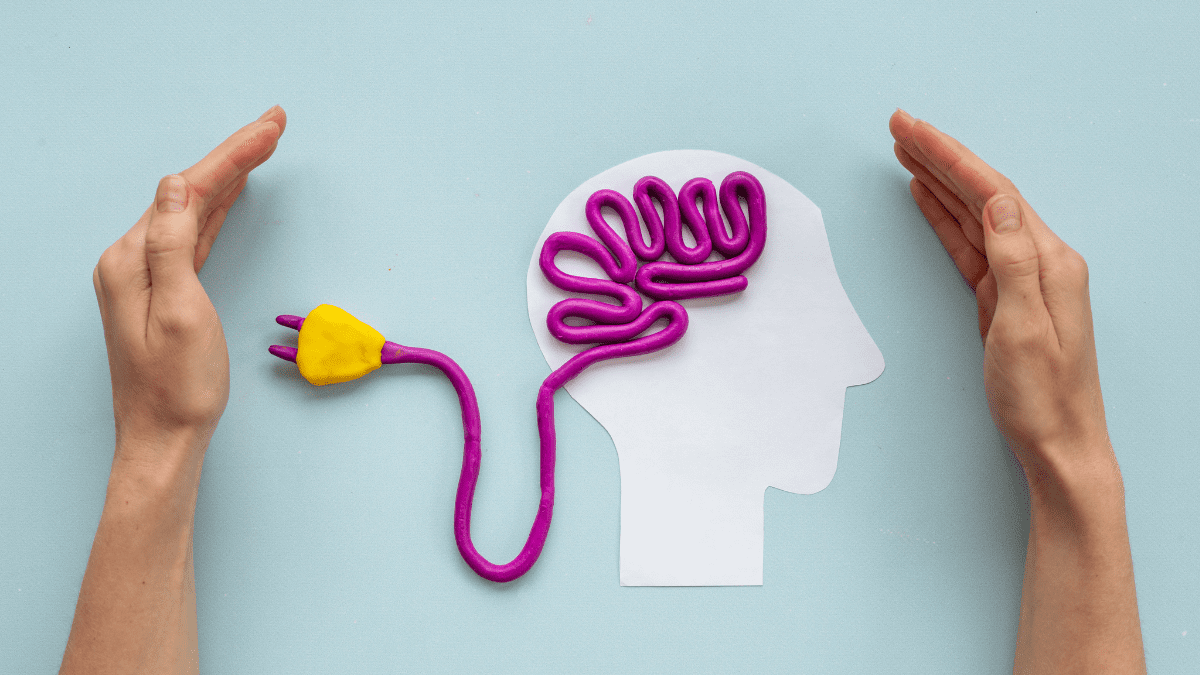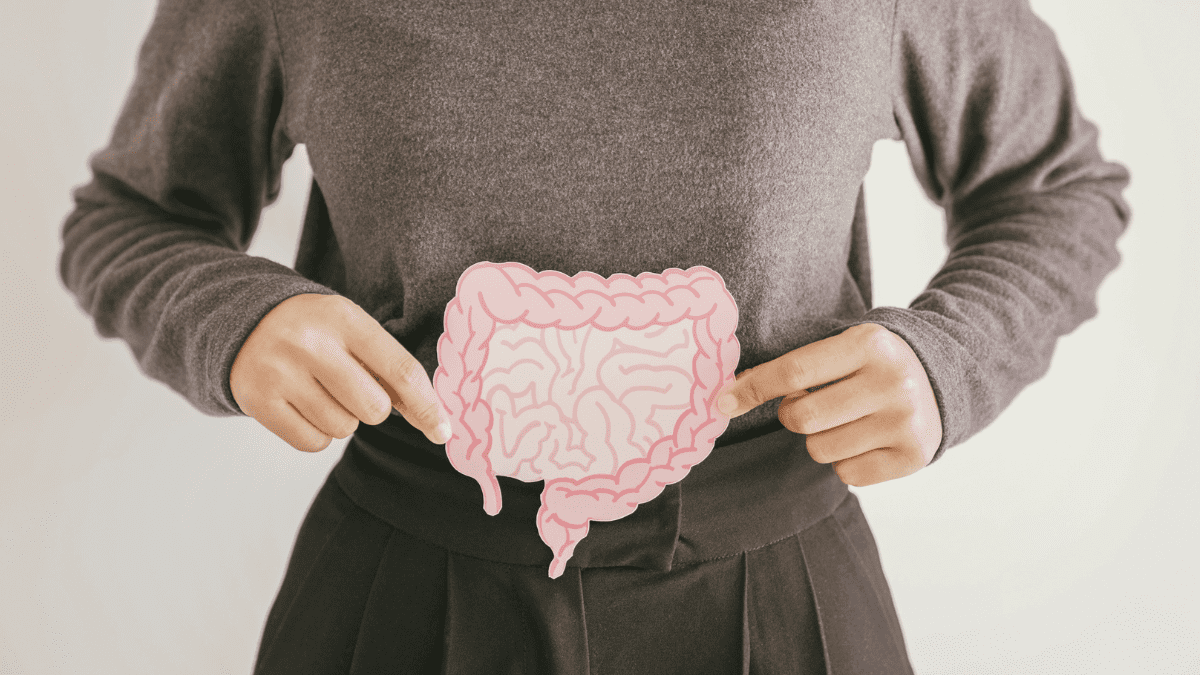AI for Mental Health: The Truth No One Tells You
AI for mental health is transforming care with data-driven tools and proven outcomes. Explore how evidence-based AI is reshaping therapy, diagnosis, and emotional support today.
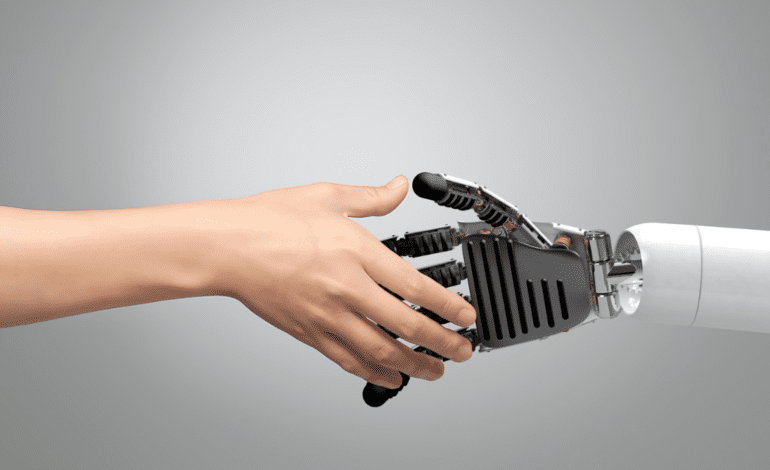
In This Article
- AI for Mental Health: What Are the Hidden Truths?
- How Is AI for Mental Health Transforming Emotional Support?
- AI for Mental Health Conditions Like Depression and Anxiety
- AI Mental Health Chatbots: Helpful Healers or Harmful Hacks?
- AI for Mental Health Counseling Services: Are We Ready to Trust It?
- The Future of Mental Health Diagnosis: AI’s Double Edge
- How Is AI Improving Mental Health Diagnosis Today?
- The Types of Data AI Can Use to Detect Mental Health Issues
- What Are the Benefits of AI in Mental Health Diagnostics?
- The Pitfalls and Ethical Concerns
- Mini Checklist – What to Look for in AI Diagnostic Tools:
- A Final Word: Balance Innovation with Caution
- The Truth About AI for Mental Health: Final Thoughts
- AI for Mental Health — FAQ
AI for Mental Health: What Are the Hidden Truths?
Artificial intelligence is revolutionizing mental health care. AI for mental health offers innovative solutions, but are there aspects that are being overlooked? Because understanding these hidden facets is crucial.
In recent years, AI-powered tools have become integral in mental health support. First, chatbots providing immediate assistance, then platforms analyzing emotional patterns, technology is reshaping therapy. However, beneath the surface, there are complexities and challenges that warrant attention.
So delving deeper, how exactly is AI transforming emotional support in mental health?
How Is AI for Mental Health Transforming Emotional Support?
What Are AI-Powered Mental Health Apps Really Doing?
To begin with, AI for mental health is changing how people access care. Because these apps now offer support that once only came from a licensed therapist. They’re fast, easy to use, and available 24/7.
Moreover, AI-powered mental health apps use advanced algorithms to adapt to each user. They analyze text inputs, track moods, and suggest activities based on behavior.
The best way to understand their impact is by exploring what they offer:
- Tailored feedback: The AI adjusts its support as it learns your patterns.
- Instant access: Help is available anytime, even at 3 a.m.
- Therapy tools: Some apps include CBT-based journaling or talk therapy formats.
In fact, apps like Wysa and Youper have gained popularity for delivering personalized coping strategies. So, these tools act like a wellness companion, using clinical frameworks to guide you.
Can AI For Mental Health Emotional Well-Being Platforms Actually Help?
Emotional well-being platforms combine AI insights with therapeutic content. These systems go beyond chat and offer data-driven emotional tracking.
So, how do they work?
- They start by analyzing trends in your mood entries.
- Next, they recommend guided meditations or calming breathwork.
- Depending on your state, they also suggest personalized exercises.
Moreover, to improve emotional resilience, many platforms gamify mental health routines. Because this makes the healing journey feel less clinical and more engaging.
For example, Happify turns emotional wellness into interactive games. This helps users build positive habits while the AI tracks what works best for them.
Still, it’s important to remember that these platforms are tools, not full replacements for human connection. While they boost access and insight, they may lack empathy and deep understanding.
Mini Checklist – What to Look For in an AI Wellness App:
- Offers science-backed therapeutic methods (like CBT or ACT)
- Ensures data privacy and ethical AI use
- Updates regularly with professional input
- Includes emotional tracking and real-time insights
According to Verywell Mind, apps like Happify and Wysa rank among the best AI mental health apps because of their clinical design and evidence-based frameworks.
AI for Mental Health Conditions Like Depression and Anxiety
Can AI Therapy for Depression Really Help People Heal?
First of all, AI for mental health offers something traditional therapy can’t always guarantee: instant availability. This makes it especially appealing to people with depression who may struggle to reach out.
Additionally, these tools provide structured support, often grounded in clinical frameworks. Then, many use cognitive behavioral therapy (CBT) or acceptance and commitment therapy (ACT) as their foundation.
To better understand how AI therapy for depression works:
- By reviewing your texts, it can spot negative thinking patterns.
- Then, it offers mood-lifting suggestions and gentle reframes.
- Over time, it applies repetition and subtle nudges to shift behavior.
For instance, Flow Neuroscience uses brain stimulation alongside an AI-powered app to support users with depression. While it may sound futuristic, early studies show promising results when it’s used consistently with professional oversight.
Still, the best way to improve outcomes is by combining AI therapy with human support, especially for moderate to severe cases.
How Does AI Support Anxiety Relief in Real Time?
Anxiety often hits without warning. AI-based apps respond faster than scheduling a therapy session — and sometimes, that speed makes all the difference.
Here’s how AI support for anxiety works:
- Monitors your mood and stress markers over time
- Provides calming exercises like breathing or grounding techniques
- Uses language models to de-escalate thought spirals
Apps like MindDoc and Rootd are known for their anxiety-specific tools. These include panic attack guidance, anxiety journaling, and daily check-ins to track triggers.
To improve your daily resilience, try using AI anxiety tools first thing in the morning or during peak stress times. That way, you build a habit of emotional check-ins.
Quick Tip: Always choose apps that have input from licensed clinicians and transparent privacy policies.
According to a review by Healthline, apps like Rootd are backed by real mental health experts and designed for evidence-based anxiety management.
AI Mental Health Chatbots: Helpful Healers or Harmful Hacks?
What Are AI Mental Health Chatbots and How Do They Work?
To start, AI for mental health includes chatbots that simulate therapeutic conversations. These tools are designed to offer emotional support through short, text-based replies. While they’re not human, they can still feel comforting.
Most importantly, these chatbots use natural language processing. That means they understand your words and reply in ways that sound thoughtful and helpful.
Here’s how they support users:
- First, they’re available 24/7, so help is never far.
- Second, you can stay anonymous, which makes it easier to open up.
- Third, they follow proven methods like cognitive behavioral therapy (CBT).
For example, Woebot is a chatbot trained by therapists. It checks in daily, helps reframe negative thoughts, and tracks your emotional trends.
Even though it doesn’t replace a real therapist, it helps many people feel less alone.
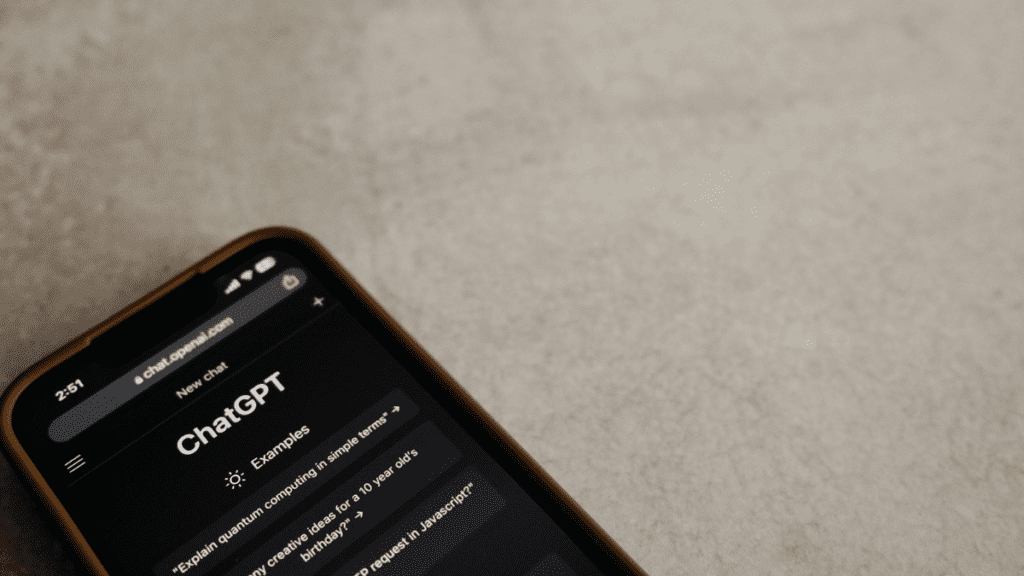
Can AI Chatbots Truly Support Mental Health Needs?
Now, let’s explore what research says. According to a 2024 review in Nature Mental Health, users often report improved mood, reduced anxiety, and better emotional awareness after using AI chatbots.
In fact, some users engage more with chatbots than with traditional journaling apps. That’s because responses feel conversational and guided.
To improve your results with these tools:
- Use them daily, even when you’re not feeling anxious.
- Take time to answer their questions honestly.
- Follow their prompts instead of skipping through.
While these steps are simple, they can make a big difference over time.
What Are the Downsides of Relying on AI for Mental Health?
Still, not everything about AI mental health chatbots is perfect.
Let’s consider the risks:
- First, they lack true empathy. AI can’t read tone or body language.
- Second, they may misunderstand complex emotions or urgent needs.
- Third, they collect data, so privacy policies must be clear.
Because of this, mental health experts say these tools should not replace licensed therapy. Instead, use them as a helpful addition to other forms of care.
Mini Checklist – Before Using a Mental Health Chatbot:
- Backed by real therapists or clinical studies
- Offers clear guidance, not vague advice
- Explains its privacy and data policy
- Has an option to connect with human help if needed
According to the American Psychological Association, chatbots should be seen as digital assistants, not digital therapists.
AI for Mental Health Counseling Services: Are We Ready to Trust It?
How Are AI-Driven Counseling Services Changing Therapy?
Artificial intelligence is increasingly integrated into mental health counseling, offering innovative solutions that complement traditional therapy. In addition, AI-driven counseling services utilize machine learning algorithms to provide personalized support, making mental health care more accessible and efficient.
Key features of AI-driven counseling services include:
- Personalized Treatment Plans: AI analyzes user data to tailor interventions that address individual needs.
- Immediate Support: Users can access assistance at any time, reducing wait times associated with traditional therapy.
- Resource Optimization: AI helps therapists manage their workload by automating routine tasks, allowing them to focus on complex cases.
For instance, platforms like Spring Health employ AI to match employees with appropriate mental health resources, enhancing workplace well-being.
Can AI-Based Stress Management Tools Effectively Reduce Anxiety?
AI-based stress management tools are designed to help individuals cope with anxiety through various techniques. These tools often incorporate:
- Guided Relaxation Exercises: AI provides personalized breathing techniques and mindfulness practices to alleviate stress.
- Progress Tracking: Users can monitor their stress levels over time, gaining insights into patterns and triggers.
- Adaptive Feedback: The system adjusts recommendations based on user responses, ensuring relevance and effectiveness.
An example is the Neurofit app, which combines neuroscience and AI to offer somatic exercises aimed at reducing chronic stress.
What Are the Limitations of AI in Mental Health Counseling?
While AI offers promising advancements in mental health counseling, it is essential to recognize its limitations:
- Lack of Human Empathy: AI cannot fully replicate the nuanced understanding and empathy provided by human therapists.
- Data Privacy Concerns: The collection and storage of sensitive personal information raise ethical and security issues.
- Over-Reliance Risk: Users might depend solely on AI tools, neglecting the importance of human interaction in therapy.
Experts emphasize that AI should serve as a supplementary tool rather than a replacement for professional mental health care.
Mini Checklist – Evaluating AI Counseling Services:
- Verify the platform’s adherence to data privacy regulations.
- Ensure the AI tools are developed in collaboration with licensed mental health professionals.
- Use AI services as a complement to, not a substitute for, traditional therapy.
- Regularly assess the effectiveness of the AI interventions and adjust usage accordingly.
In summary, AI-driven counseling services and stress management tools offer valuable support in mental health care. However, they should be integrated thoughtfully, acknowledging their benefits and limitations.

The Future of Mental Health Diagnosis: AI’s Double Edge
How Is AI Improving Mental Health Diagnosis Today?
For starters, mental health diagnosis is evolving fast thanks to artificial intelligence (AI). By analyzing large amounts of data, AI can identify patterns that may signal various mental health conditions. This advancement is helping clinicians make more timely and accurate diagnoses.
In particular, AI supports early detection, improves objectivity, and increases diagnostic efficiency. For example, AI systems scan electronic health records, social media activity, or even wearable devices to catch early signs of mental distress.
Additionally, AI reduces subjective bias. It delivers standardized evaluations that can help support clinical judgment. Even better, it can automate parts of the diagnostic process so therapists can focus more on patients.
The Types of Data AI Can Use to Detect Mental Health Issues
- Speech patterns and voice tone
- Facial expressions and micro-movements
- Writing style and language use
- Biometric data from wearables
Notably, researchers are testing AI’s ability to detect anxiety and depression based solely on how someone speaks or how their face responds to conversation. While still developing, the results so far are promising.
What Are the Benefits of AI in Mental Health Diagnostics?
Clearly, AI offers many potential benefits:
- Greater access to care: In underserved areas, AI-powered tools fill gaps where therapists are scarce.
- Personalized assessments: AI uses real-time data to adjust its recommendations to the user’s needs.
- Ongoing monitoring: AI tracks a patient’s emotional state over time, which helps flag changes early.
- Faster, focused care: By handling repetitive tasks, AI allows therapists to dedicate more energy to complex cases.
These tools are not just smart—they’re also scalable. That makes them helpful for systems under pressure, like public mental health services.
The Pitfalls and Ethical Concerns
However, AI is not a perfect solution. There are serious concerns to consider:
- Data privacy risks: Sensitive mental health data must be handled with the highest level of security.
- Misdiagnosis: AI may struggle to interpret the complexity of human emotion or trauma.
- Over-reliance: Some clinicians may start trusting AI too much, which could overshadow human insight.
While helpful, these tools are not replacements for professionals. In fact, experts agree that today’s AI cannot yet match a therapist’s ability to diagnose mental disorders.
Mini Checklist – What to Look for in AI Diagnostic Tools:
- Is it validated through clinical trials?
- Does it follow strict data protection rules?
- Does it explain how decisions are made?
- Is it used with human oversight—not in place of it?
A Final Word: Balance Innovation with Caution
In summary, AI brings both promise and pitfalls to mental health diagnosis. Used wisely, it can enhance care, offer support, and speed up recovery. However, ethical use and human guidance must stay at the heart of any AI solution.
Let’s use AI to support mental health—not replace it. Human expertise is crucial for providing effective and compassionate mental health care.
The Truth About AI for Mental Health: Final Thoughts
In conclusion, AI for mental health is changing how we approach care. From personalized apps to chatbot therapy, the possibilities seem endless. Still, not everything is as simple as it looks.
On one hand, AI improves access. It offers fast support, even in remote or underserved areas. Then, it also helps people track emotions, practice mindfulness, and receive structured guidance. In many ways, it’s a powerful addition to mental health care.
On the other hand, currently AI can’t 100% replace human connection. Still, it struggles to grasp tone, nuance, or deep emotional pain. Some sensitive inputs may be misunderstood or misread entirely. In certain cases, its responses can feel inconsistent or off-base.
That’s why it now remains a support tool, not a substitute for real therapy.
Meanwhile, ethical concerns are growing. Many users don’t know how their personal data is stored or used. Without strong privacy protections, these tools can put vulnerable people at risk. Transparency and accountability must come first.
To move forward, we must balance hope with caution. Let’s embrace innovation, but not blindly. Let’s keep real therapists at the center, while letting AI fill the gaps with care.
In the end, the truth no one tells you is this: AI for mental health can be powerful—but only if we use it responsibly. Let’s build a future where both humans and machines help us heal, together.
To explore ways to stay emotionally grounded alongside tech tools, read our guide on how to stay strong when life feels unbearable.
AI for Mental Health — FAQ
Is AI for mental health safe to use?
Yes, but only when used responsibly. Most AI tools are built with safety in mind. However, not all platforms follow the same privacy standards. Always check for data protection policies. Also, never rely on AI alone in a crisis. For serious issues, professional help is still essential.
Can AI really replace a therapist?
No, not entirely. While AI offers quick support, it lacks true empathy. It can’t read body language or deep emotional cues. So, it works best as a supplement. Use it to stay on track, but keep human connection at the heart of your care.
What’s the best way to use AI for mental health support?
Start small. Try mood trackers, guided meditations, or journaling tools. Use them daily to build consistency. Over time, they can help you better understand your emotions. Just remember, for deeper issues, always speak with a licensed professional.
Created by Lili Vu, holistic health & nutrition coach in training. Deeply passionate about mind-body healing, nourishment, and intentional living — practices I’ve lived, tested, and continue to grow through. Embracing my ADHD and supporting my partner through a life-altering stroke reshaped how I understand the nervous system, resilience, and healing. I explore holistic well-being practices including yoga, plant-based nutrition, gut and hormone health, trauma recovery, and mindful habit change — all rooted in my personal healing journey. 🌿

